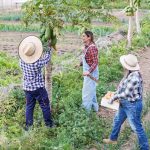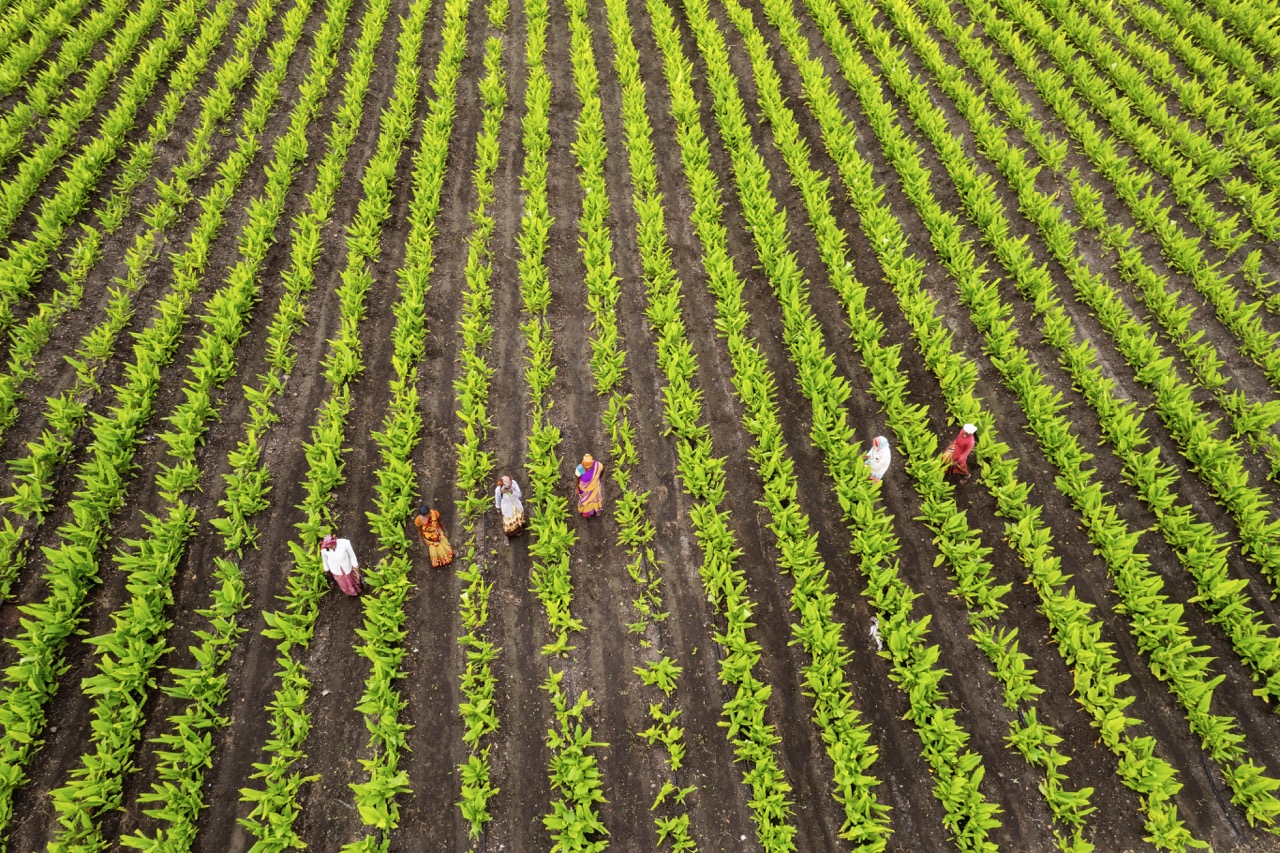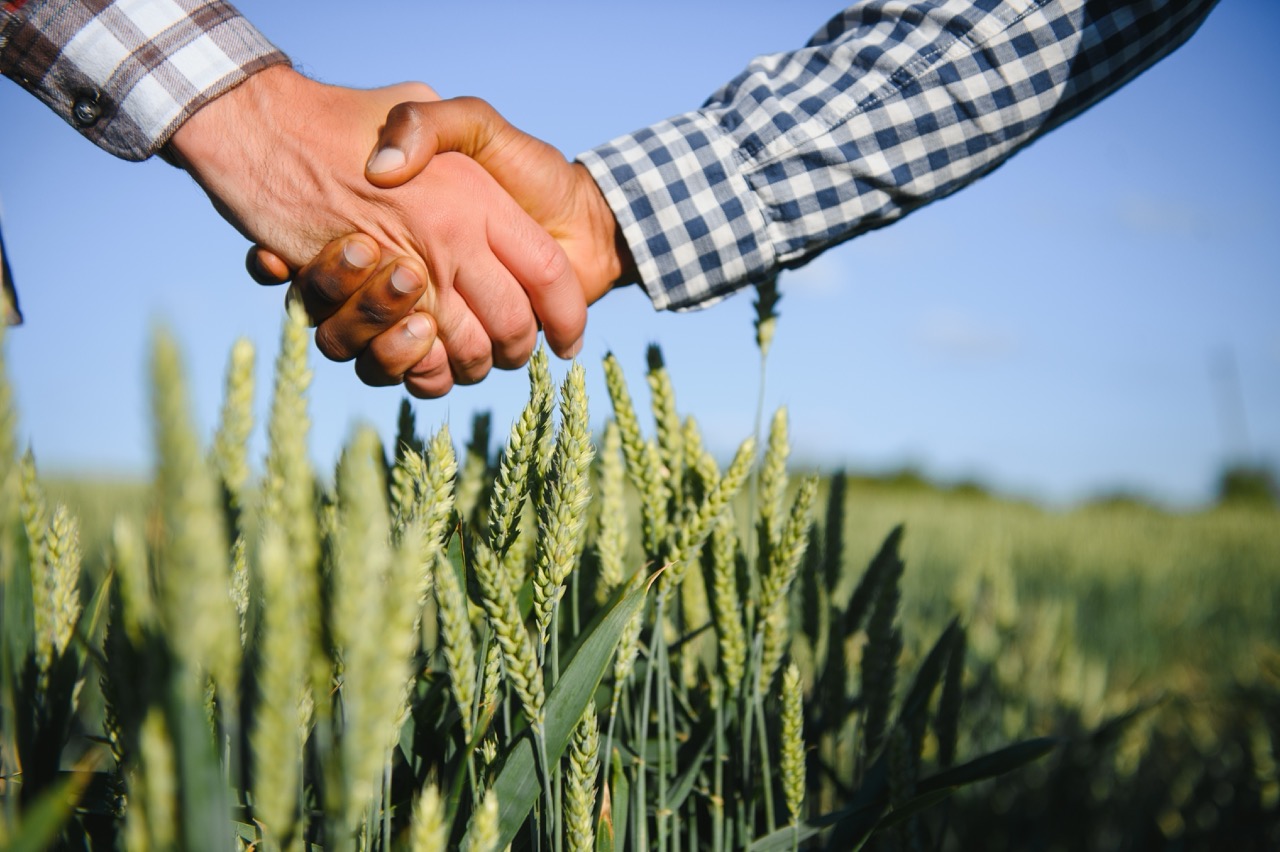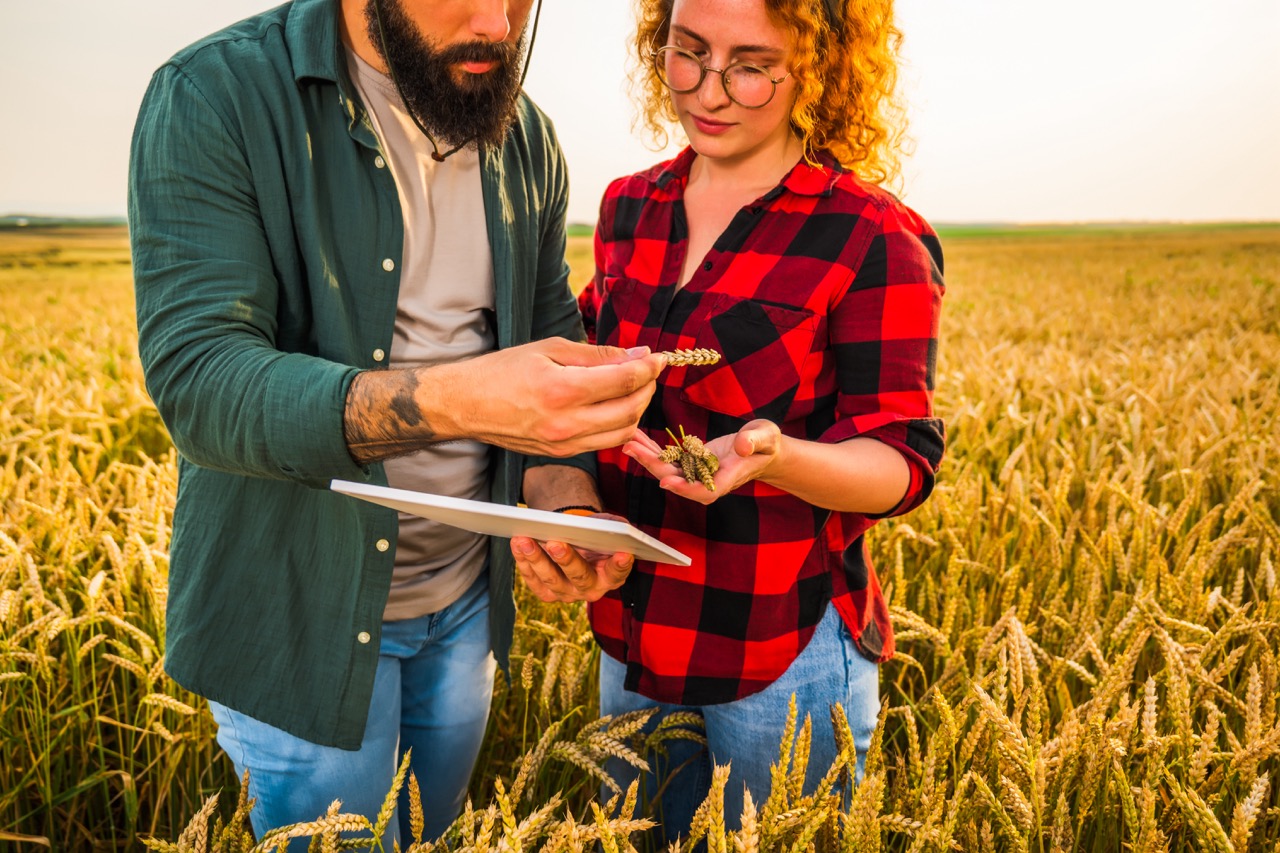Sharecropping, a historical agricultural practice that emerged in the United States during the post-Civil War era, is often viewed with skepticism due to its exploitative roots. However, this system offers a unique opportunity to preserve traditional crops and promote biodiversity in contemporary agricultural practices. By understanding the intricacies of sharecropping, the role of traditional crops, and the economic benefits to local farmers, we can appreciate how this age-old practice can contribute to sustainable agriculture today.
Understanding Sharecropping: A Historical Perspective
Sharecropping originated in the Southern United States as a response to the need for labor after the abolition of slavery. Landowners, unable to cultivate their fields without the labor force they once had, turned to sharecropping as a means to maintain agricultural production. This system allowed landowners to provide land, tools, and supplies to farmers, who in turn would cultivate the land and share a portion of their harvest. While this arrangement often placed farmers in a cycle of debt and dependency, it also created a space where traditional crops could thrive within local ecosystems.
Historically, sharecroppers tended to grow crops that were well-suited to their specific regions, often opting for traditional varieties that had been cultivated for generations. This adherence to local agricultural practices ensured that the knowledge and experience of previous generations were passed down, maintaining agricultural heritage and traditional farming techniques. The reliance on established crops also helped maintain local ecosystems, as these crops were often better suited to the soil and climate conditions than many modern, high-yield varieties.
In recent years, there has been a renewed interest in sharecropping, especially in areas where community-supported agriculture is gaining traction. By integrating traditional crops into sharecropping arrangements, new generations of farmers can not only reconnect with their agricultural roots but also adapt to contemporary demands for sustainable practices. This historical perspective sets the stage for understanding how sharecropping can serve as a vehicle for preserving traditional crops in today’s agricultural landscape.
The Role of Traditional Crops in Sustainable Agriculture
Traditional crops are pivotal in sustainable agriculture due to their resilience and adaptability. These crops often require fewer chemical inputs, such as pesticides and fertilizers, and are better suited to local environmental conditions. By promoting the cultivation of traditional varieties, sharecropping can help reduce the ecological footprint of agricultural practices. Additionally, these crops often have deep cultural significance and are tied to the identity and traditions of local communities, making their preservation crucial for cultural heritage.
Integrating traditional crops into sharecropping systems can also enhance food security. As climate change threatens global food production, diversifying crops ensures that communities are less vulnerable to crop failures. Traditional varieties often exhibit a greater genetic diversity, which contributes to a more robust food system capable of withstanding pests, diseases, and changing climate conditions. By fostering an agricultural system that values traditional crops, sharecropping can play a significant role in creating a more resilient food landscape.
Furthermore, the cultivation of traditional crops presents an opportunity for education and knowledge transfer within farming communities. Sharecroppers have the chance to learn about agroecological practices and crop rotation that have been used for generations. This not only benefits the land but also empowers local farmers with the skills and knowledge to sustain these practices, creating a legacy of sustainable agriculture that honors both tradition and innovation.
Economic Benefits of Sharecropping for Local Farmers
The economic dynamics of sharecropping can provide significant benefits for local farmers, especially when it comes to traditional crop cultivation. By sharing resources, such as land and equipment, sharecroppers can reduce their financial burden and access tools that may otherwise be beyond their reach. This collaborative approach allows farmers to invest in traditional crops without the heavy upfront costs that conventional farming often entails.
Moreover, sharecropping can lead to increased market access for traditional crops. As consumers become more interested in local and sustainably produced foods, sharecroppers can capitalize on this trend by promoting their unique offerings. By forming cooperatives or participating in farmers’ markets, sharecroppers can create a direct link to consumers, enhancing their earning potential while also fostering community support for sustainable practices.
Additionally, sharecropping can serve as a pathway for emerging farmers to enter the agricultural sector. For individuals who may lack the capital to purchase land outright, sharecropping offers an entry point into farming. By cultivating traditional crops, these new farmers can contribute to the preservation of agricultural biodiversity while also building their own economic independence. The combination of shared resources, market opportunities, and increased accessibility contributes to the economic sustainability of rural communities.
Preserving Biodiversity Through Sharecropping Practices
Biodiversity is essential for healthy ecosystems, and sharecropping has the potential to enhance this vital aspect of agriculture. By encouraging the cultivation of a variety of traditional crops, sharecropping practices help maintain genetic diversity within agricultural systems. This genetic diversity is crucial for resilience in the face of pests, diseases, and climate change, ensuring that agricultural landscapes remain productive and sustainable over time.
Moreover, sharecropping can facilitate the conservation of heirloom and indigenous crops that might otherwise become extinct in modern monoculture systems. By providing a platform for the cultivation of these unique varieties, sharecroppers actively contribute to the preservation of agricultural heritage. This practice not only benefits the environment but also enriches local food systems, providing communities with a wider array of nutritious food options.
In addition to preserving crop diversity, sharecropping can promote biodiversity on a broader ecological scale. By incorporating traditional farming practices that prioritize crop rotation and polyculture, sharecroppers can enhance soil health, improve water retention, and foster ecosystems that support beneficial organisms. This holistic approach to farming not only supports traditional crops but also contributes to the overall health of the environment, creating a sustainable agricultural model that benefits both farmers and the planet.
In conclusion, sharecropping holds significant potential for the preservation of traditional crops and the promotion of sustainable agriculture. By understanding its historical context, recognizing the value of traditional crops, and exploring the economic benefits for local farmers, we can see how this age-old practice can be revitalized in the modern agricultural landscape. Furthermore, its role in enhancing biodiversity underscores the importance of integrating traditional knowledge with contemporary farming practices. As we move towards a more sustainable future, embracing sharecropping may offer a pathway to honor our agricultural heritage while ensuring food security and ecological integrity for generations to come.










